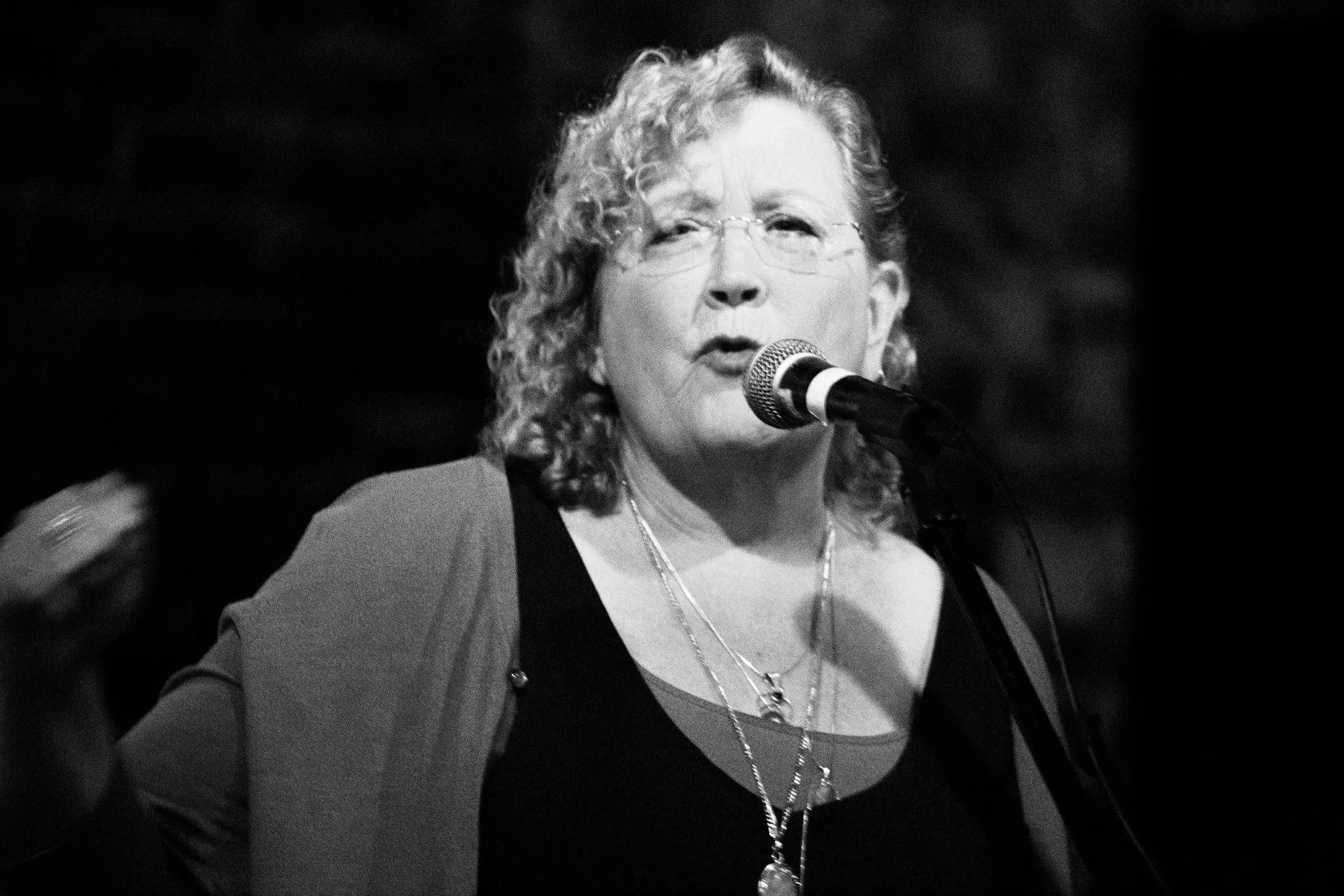It was a pleasure to talk with Emma Fox, author of The Arrow and the Crown. In our conversation, we discuss, among other topics, the appeal of certain genres, writerly inspiration, and Emma’s latest work.
Bradley Sides: First of all, thank you, Emma, for taking the time to talk to us here at the AWC. Before we dive into talking about your recent books, do you mind talking about your writerly journey? Have you always been a writer?
Emma Fox: Yes and no. I wrote constantly as a kid, using up reams of paper and dozens of three-prong folders. But after college, I worked for a decade as a private music teacher. It wasn’t until I was expecting my third child that I started fishing around for a more flexible side-career, and rediscovered my early passion for fiction-writing.
BS: You write and review YA Fantasy and Historical Fiction. What is it about these two genres that you love so much?
EF: I love the way that both these genres transport me to other times and places, whether in the real world or an imagined one. I especially enjoy the synergy that springs from combining a culture’s history and folklore. Historical fantasy is my sweet spot!
BS: So many writers are readers as well. What books have inspired you the most?
EF: J.R.R. Tolkien’s Lord of the Rings trilogy and C.S. Lewis’ Chronicles of Narnia ignited my early love of fantasy, while Robin McKinley’s lush, layered fairytale retellings inspired me to write retellings of my own. I also enjoy historical fiction with threads of near-fantasy, like Anthony Doerr’s All the Light We Cannot See, and Marcus Zuzak’s The Book Thief.
BS: The Arrow and the Crown was your debut novel. For readers who haven’t uncovered it yet, will you give a brief synopsis?
EF: Arrow has echoes of Beauty and the Beast, but with new plot twists and a medieval German setting. From the back cover: Ever since Anna can remember, she has avoided the ancient Grünwald Forest, where her parents disappeared years ago. Everyone in the kingdom of Weissburg knows that the forest is haunted. Tales abound of vengeful spirits that lurk among the trees, and of a Beast that has taken the lives of peasants, knights, and the king’s own son. But when the Beast emerges after seven silent years to wreak havoc on the kingdom, Anna braves all her fears to confront him. She soon discovers that there’s more to the Beast than she realized…and more to herself than she ever imagined.
BS: How long did it take you to write The Arrow and the Crown? And what was your path to publication like?
EF: It was a five-year process from the initial brainstorming to final publication. It took 14 months to research and complete the rough draft, but as every dedicated writer knows, that initial manuscript is only the first step! Next I waded through many rounds of edits, sorted through various publication options (I landed on self-publishing in order to have the most creative freedom), and worked for another year with my editor, cover artist, and graphic designer in order to get the manuscript just right. It was slow going, but the end result was well worth it!
BS: I know you contributed a story to the new anthology The Lost Tales of Sir Galahad. For you, do you find story writing and novel writing to be similar in process? Or are they two totally different undertakings?
EF: I outlined my short story in much the same way that I outline my novels, with a similar arc structure--just in a simplified and much more compact form! It was refreshing to complete a project within a short time frame: the Galahad story took about two weeks to research, write, and revise, while both the novels I’ve written have taken at least two years. I also enjoyed the collaborative aspect of the Galahad project, as our team of authors and editors worked together to create a diverse, yet cohesive, collection of tales.
BS: You have some events in store in the coming days and weeks. Can you give us the dates and locations for readers who would like to learn more about you and your work?
EF: I host regular writing workshops throughout the year at North Shelby Library in Birmingham. We’re kicking off this summer’s reading program with a Generation Celebration at Heardmont Park on June 1st, using storytelling and games to connect readers of all ages. I’ll also be teaching creative writing workshops through the summer at North Shelby Library for 8-12 year olds (6/15, 2pm), teens (6/23, 4pm), and adults (7/11, 6:30pm). Registration for each of these workshops can be found under the “Events” tab at https://www.northshelbylibrary.org/. Additionally, I’ll be signing and reading at Pipo’s Unique Books in the Irondale Pickers’ Market on June 18th from 10 am - 12 pm.
BS: Before I let you go, do you mind sharing what you are working on now? Another story? A new novel?
EF: I recently completed a new fantasy novel that weaves together Siberian history and folklore. The folktales of this region are a fascinating blend of European, Asian, and Middle Eastern cultures, and I’d like to help make them more widely known!
BS: Thank you again, Emma, for your time, and congratulations on all of your recent successes!
Emma Fox grew up in and around the legend-drenched city of Savannah, Georgia, where she fell in love with history and fantasy side by side. She now lives in “The Magic City” of Birmingham, Alabama, with her husband, three kids, and an inordinate number of books that seem to mysteriously multiply overnight. Her debut fantasy novel The Arrow and the Crown has received multiple awards, including the Warren S. Katz Award for Juvenile Fiction from the AWC, and the Writer’s Award for Young Adult Fiction from the Southern Breeze chapter of the SCBWI. Most recently, she worked as a contributing author to The Lost Tales of Sir Galahad, newly-released from Rabbit Room Press.
Visit Emma at www.emmafoxauthor.com to learn more about her work, subscribe to her monthly newsletter, or read her blog reviews of other YA fantasy and historical fiction.

















